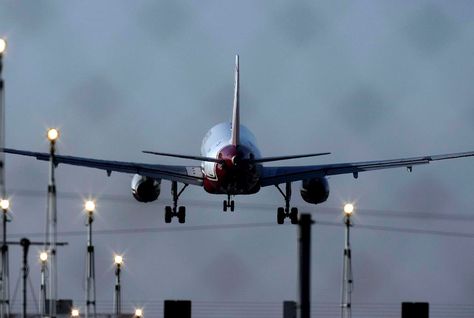Middle East carriers recorded the second highest demand growth in August at 6.7%, the International Air Transport Association (IATA) said on Monday.
Growth failed to match a capacity expansion of 7.6% on the region's airlines, leaving load factors down at 76.2%.
The region also saw the second highest growth in freight traffic at 3.7%, behind Latin America carriers (5.4%).

| Advertisement |
Globally, passenger demand was up 4.5% over the previous August, with European carriers leading the way with nearly eight percent growth.
August's growth represented a "significant slowing" from the six percent recorded in July, IATA added.
It said the global decline in freight markets accelerated. The 3.8 percent contraction in freight markets recorded in August was more than double the pace of July’s 1.8% decline.
“The industry has shifted gears downward. The pace of growth in passenger markets has dipped and the freight business is now shrinking at a faster pace. With business and consumer confidence continuing to slump globally there is not a lot of optimism for improved conditions any time soon,” said Tony Tyler, IATA’s director general and CEO.
Comparisons of July to August more clearly indicate the slowdown, IATA said, as the total passenger market fell by 1.6% and the total cargo market fell by 1.3%.
August traffic results are in line with expectations for a decline in profitability heading into 2012.
Airlines are expected to see total industry profits fall from US $6.9 billion in 2011 to $4.9 billion.
Tyler added: “Airlines are bracing for tough times ahead. Economic uncertainty owing to the European sovereign debt crisis and the growing likelihood of a protracted period of slow growth in developed economies mean the industry will be even more focused on reducing costs and improving efficiency.
"To ensure that airlines can continue to catalyse economic activity, we need governments to review the often onerous tax burden that they place on aviation.”









 Search our database of more than 2,700 industry companies
Search our database of more than 2,700 industry companies









